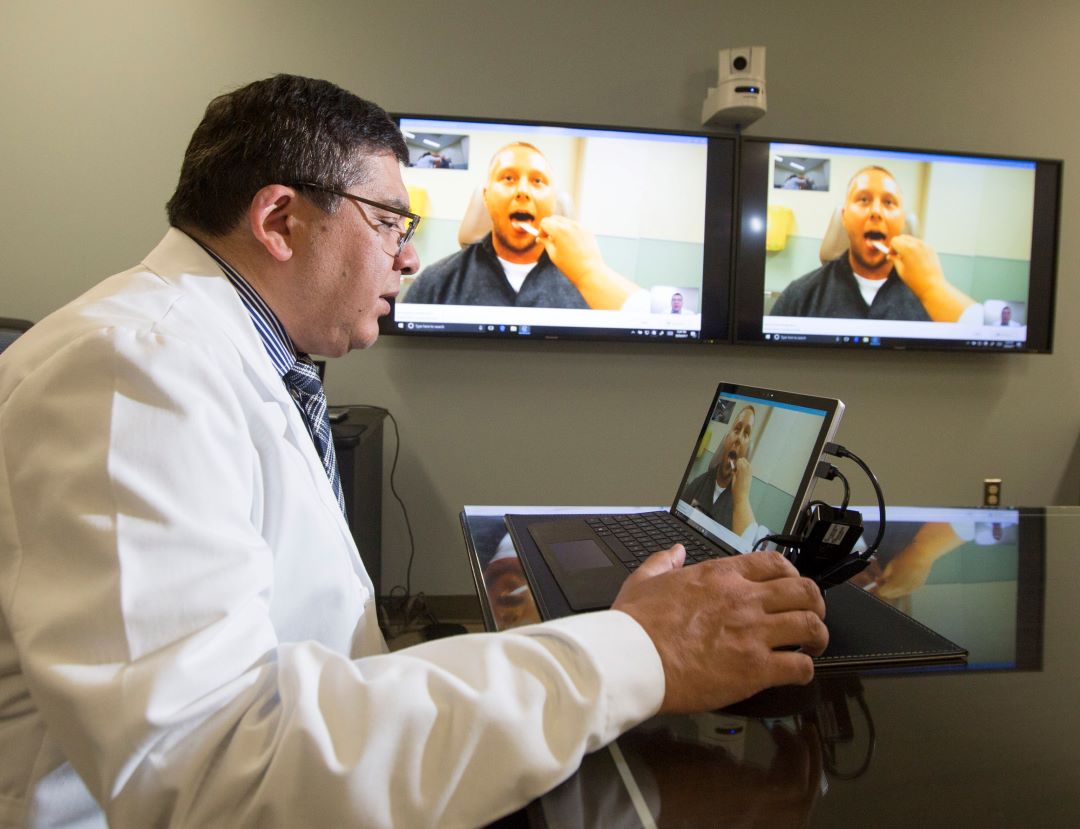
Health care, anywhere
Providing efficient, effective health care to remote communities isn’t unlike travelling to Mars.
By University CommunicationsSo says Dr. Ivar Mendez, unified head of the Department of Surgery at the University of Saskatchewan and Saskatoon Health Region.
Mendez, also a faculty member in the College of Medicine, recently travelled to Montreal to lend his expertise to the Canadian Space Agency. The organization’s American counterpart, NASA, has been given the go-ahead to travel to Mars, and the two groups were looking for advice regarding using technology to provide health care from a distance—in this case, a pretty far distance—because even the youngest, healthiest astronauts are not immune to injuries or illness in deep space.
“What will happen if something that is serious, in terms of health care, happens?” he asked, adding that it takes 21 minutes to transmit data to and from the red planet. “Someone can have an appendicitis or somebody can break their leg. So how can we take care of them?”
Closer to home, Mendez is known for embracing technological innovations to improve the patient experience, particularly for those in underserved and remote communities.
Not long after starting at the U of S in 2013, he spearheaded an initiative that brought remote sensing robots to northern communities in Saskatchewan. Controlled by a smartphone, the robots can manoeuvre autonomously to perform a medical triage and determine patient treatment.
This, in turn, also provides relief to a centralized, overloaded health-care system, said Mendez—and he has the numbers to back it up. Over the course of one year, the small community of Pelican Narrows—population 1,700 and located a six-hour drive northeast of Saskatoon—saved approximately $400,000 in costs associated with health care and travelling to larger centres for medical service.
Read the full article on the U of S website.
